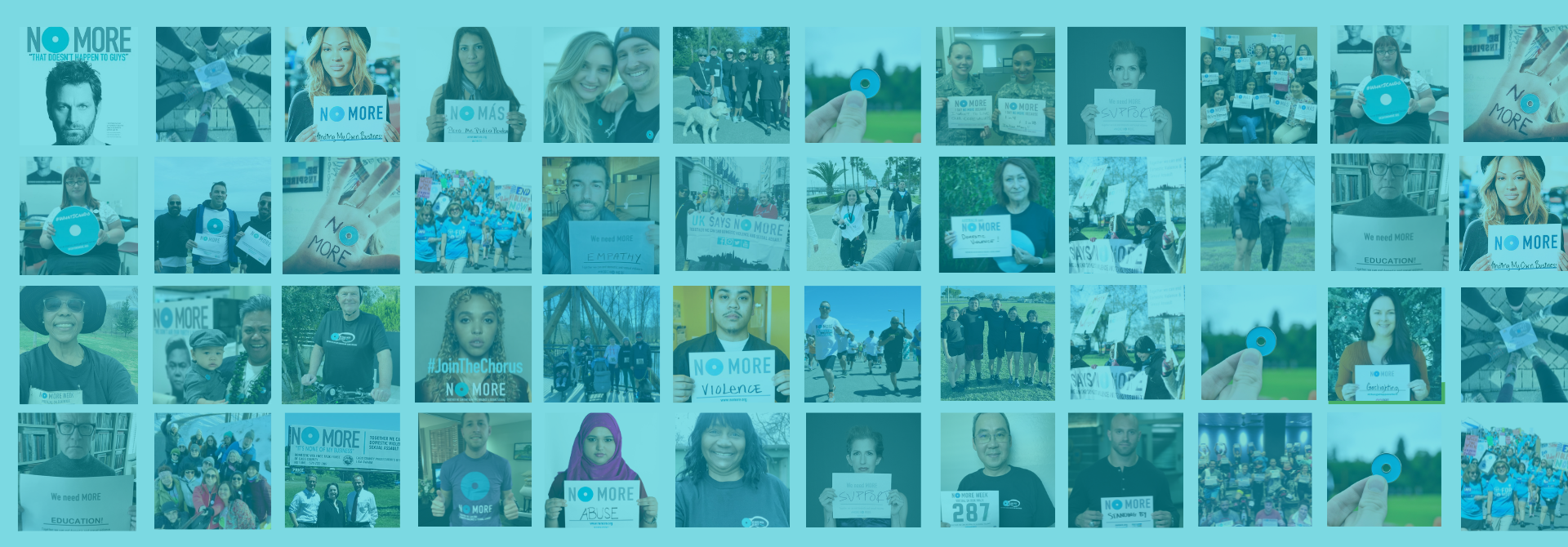Bystander Guide: Parties

You’re at a party with a friend. After a few drinks, you see a guy flirting with her—and she doesn’t seem happy about it. In fact, she looks physically overwhelmed, and they both seem wasted. Now he’s leading her toward the door.
What can you do? Anything?
It’s one of the most common scenarios that bystanders face—and it’s easy to feel helpless. Joan Tabachnick wrote Engaging Bystanders in Sexual Violence Prevention for the National Sexual Violence Resource Center to help navigate these ambiguous situations.
Anyone can become an active bystander with her tips. Here they are in seven simple, safe steps.
1. Prevention is key
Before going out, create an exit strategy for uncomfortable situations—whether it’s checking in via text messages, creating a signal for a friend to swoop in if a conversation gets intense, or formulating an exit plan when the party’s over. Chat about different scenarios and how you want to respond.
2. Identify why you’re worried
If you do see something that makes you uneasy, identify the behavior that worries you. Is your friend drinking too much, and are you afraid she might not be able to say no? Are you afraid that the guy won’t really be able to ask for consent?
3. Consider whether to intervene
A situation doesn’t have to be dangerous for you to step in. Ask yourself: How might the situation affect the people who are involved? What’s the possible outcome?
4. Decide on a course of action
If you’ve done Step 1, you know what to do next.
5. Enlist allies
This is key: There’s comfort in numbers. Enlisting allies, like another mutual friend, can defuse the situation much more smoothly than trying to go it alone.
6. Choose when to act
You don’t have to wait for a crisis to intervene. Of course, if you see someone getting hurt, don’t handle it solo. Call 911. But there are also shades of gray—like this party—where something might be concerning but not abusive. In this case, follow up the next day to go over what happened and why it was worrisome. Doing a post-event chat once emotions have cooled isn’t stressed nearly enough, but it can be even more helpful. (There’s no time limit on helping a friend!)
7. There’s not a one-size-fits-all response
Intervening can be tough if you feel like your actions should be a massive act of heroism, like fending off an attacker. But there’s more than one way to help, whether it’s as subtle as talking with a friend about concerning behavior or planning ahead to leave a party safely. All of these conversations set a tone: Your friends will know that you’re a safe person to confide in and that there are clear boundaries worth respecting.
This is our first in a series of bystander guides designed for common situations. To learn more about how to be an active bystander, visit our Taking Action to Prevent Violence page, the National Sexual Violence Resource Center, LoveisRespect, and Men Can Stop Rape. And to learn more about how to help a friend who’s a victim of sexual abuse or domestic violence, visit NO MORE.

Make a Difference
Enjoying the content? Consider becoming a monthly supporter. Your recurring donation helps ensure we can continue bringing you great content. Subscribe with a supporting membership for as little as $5 a month.
Become a ChampionTogether We Can End Domestic and Sexual Violence






